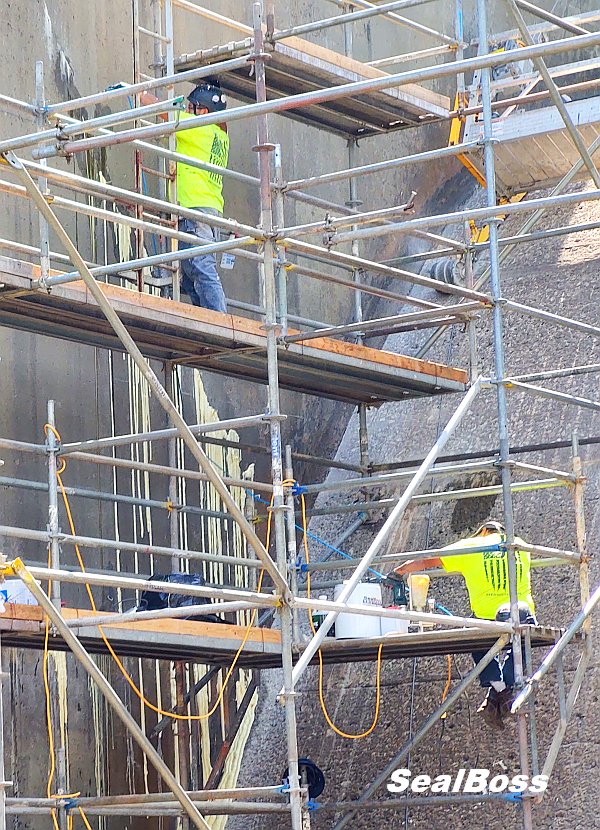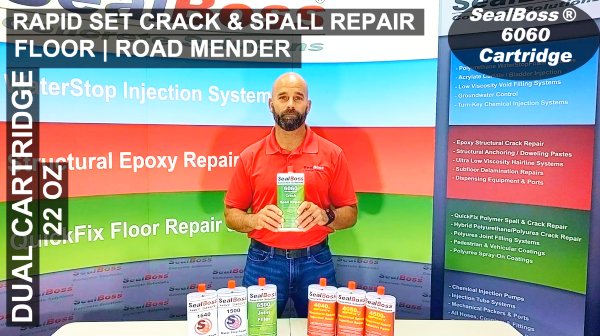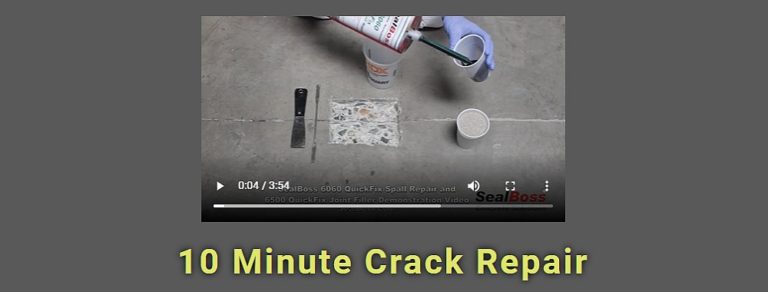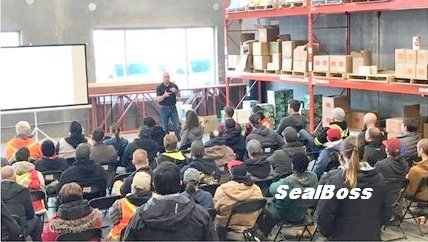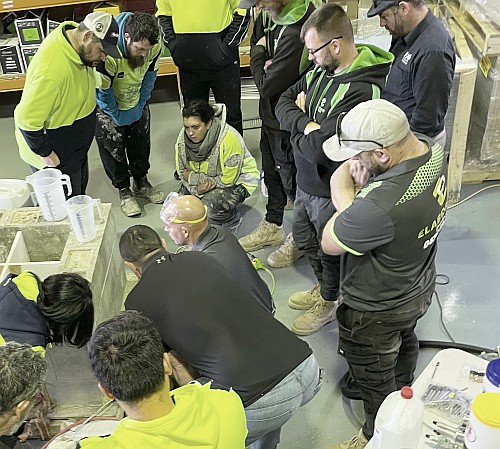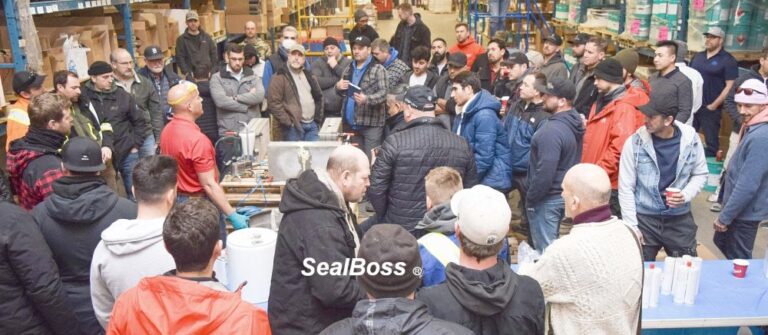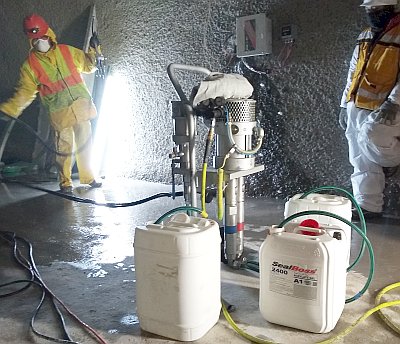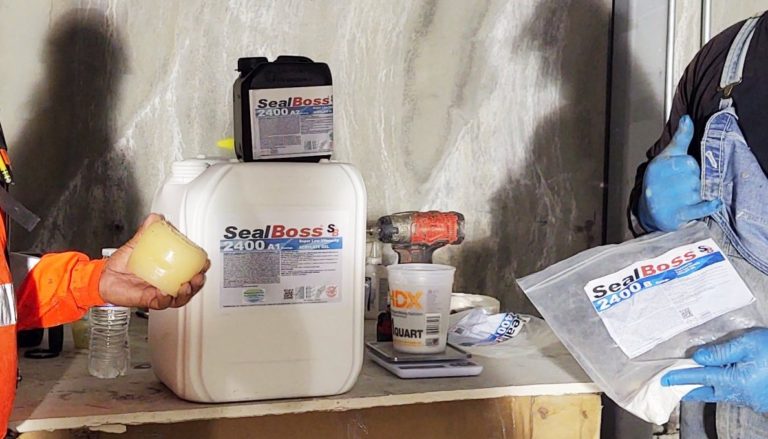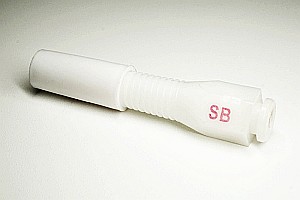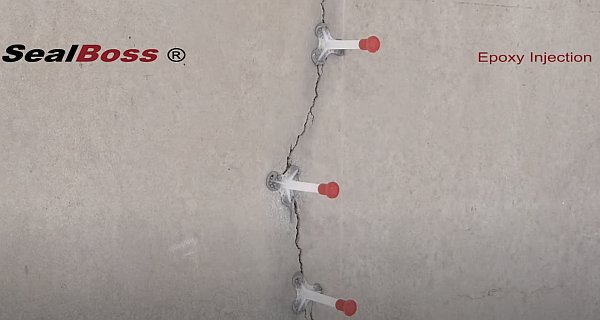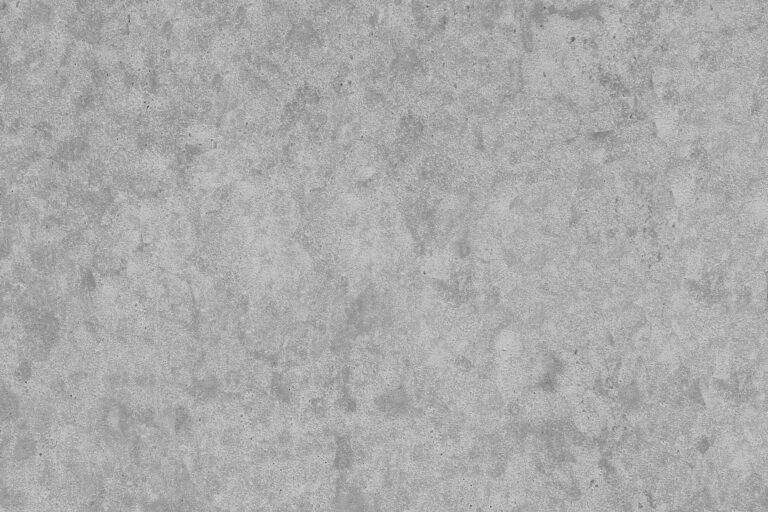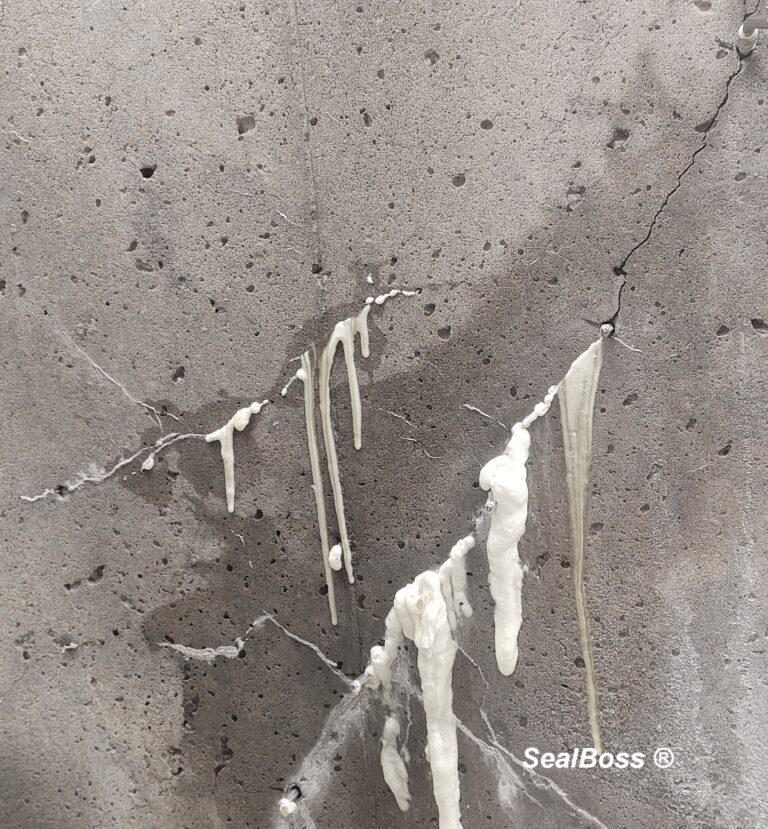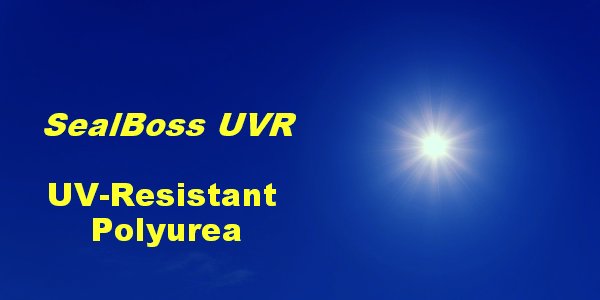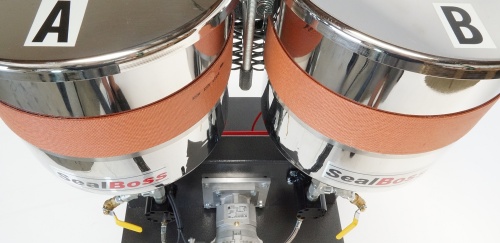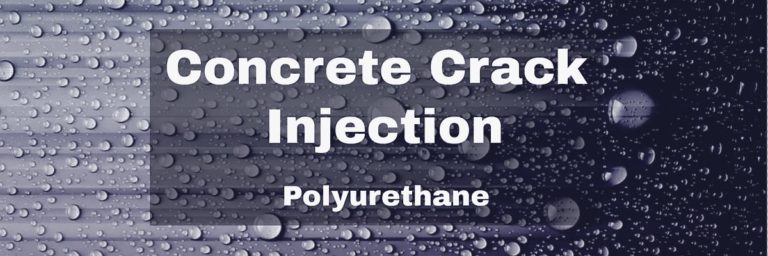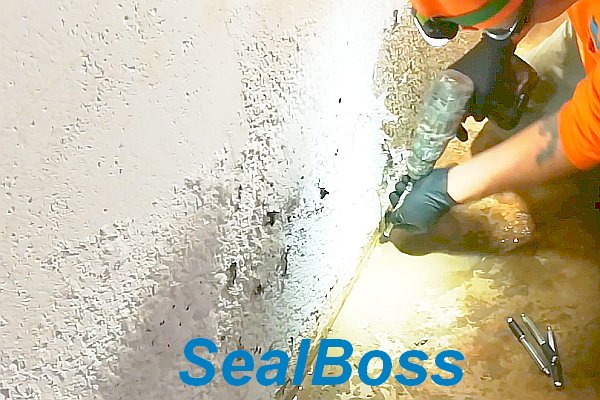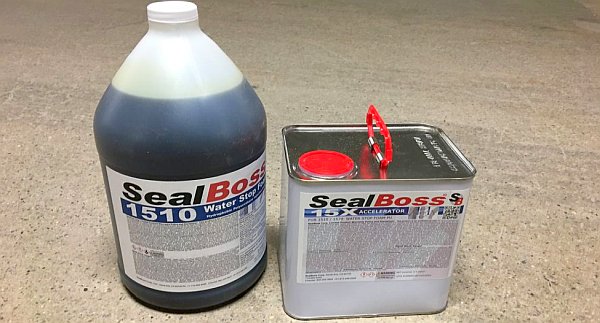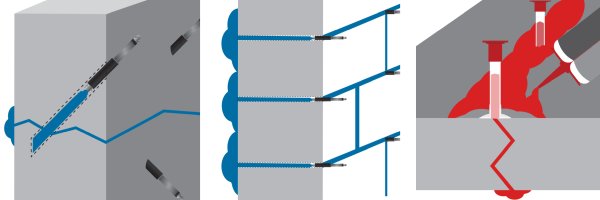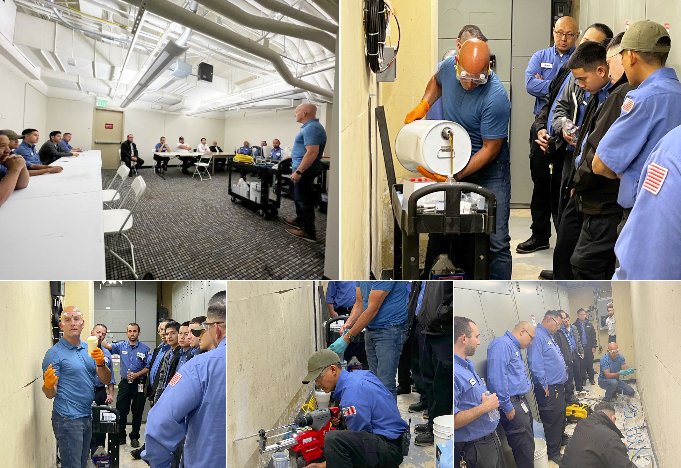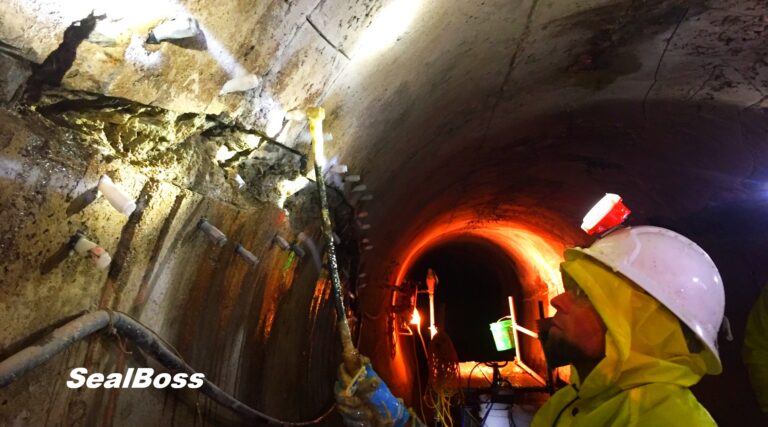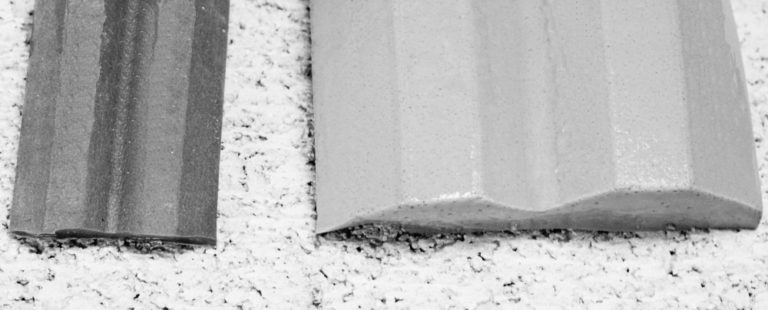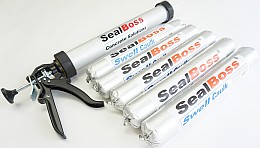Efflorescence and Leaks
Efflorescence – Indicator of Water Problems in Structures
Efflorescence, at first glance, may seem like a simple aesthetic issue. It presents itself as a white or occasionally vibrant and colorful, chalky residue on walls, especially around cracks and joints. This substance can evolve, often resembling delicate, hair-like filaments. Yet, beyond its surface appearance, efflorescence strongly signals the presence of a water leak.
A crack with efflorescence built-up has to be considered a leaking crack.
What exactly is efflorescence?
Efflorescence is the result of a variety compounds that have been dissolved and transported by water. When this water reaches the surface of materials like concrete or masonry, it evaporates, leaving behind minerals, metals and inorganic compounds, such as calcium hydroxide which interacts with atmospheric carbon dioxide to form fine calcium carbonate crystals.
The result is the characteristic residue which is mostly greyish or white. However, it can sometimes appear colorful if the water causing the efflorescence contains minerals or compounds that produce colors when they crystallize. Copper salts often yield blue or green efflorescence. Similarly, iron salts can lead to yellow, brown, or reddish hues, while manganese can give rise to pink or purple shades.
The presence of these or other metal ions in the water can lead to colorful efflorescence. These ions may come from the soil, water supply, or even from the building materials themselves. Therefore, colorful efflorescence not only indicates a moisture issue but could also point to the presence of specific minerals or contaminants in the environment.-
While efflorescence itself might not be harmful, it is a beacon signaling a potential moisture problem. As water continues to seep into building materials, it does not just evaporate from the surface. The moisture can be absorbed deeper into the material, leading to a process known as wicking. Over time, this persistent moisture can compromise the structural integrity of the building materials.
For inspectors and concrete repair contractors alike, recognizing efflorescence is crucial. It is not just about identifying a water leak; it is about understanding the capillary forces at play and the distribution of water within the structure that will cause the damage. By educating their clients about efflorescence, inspectors can provide valuable insights into potential problems that already may exist, even when the structure appears to be dry on the outside.
In summary, efflorescence is an indicator for moisture problems in a structure, even when it appears to be dry at the time of inspection. It forms when water with dissolved salts evaporates from concrete or masonry surfaces, leaving a white, greyish or even colorful residue. It is a a clear signal of deeper moisture problems, past and present, that can have long-term implications for the structural health of a building.
When it comes to polymer crack injection and structural repairs, understanding and addressing the root causes of efflorescence is essential.
Efflorescence and Crack Injection Repair
A Case Study at International Airport's Reservoir
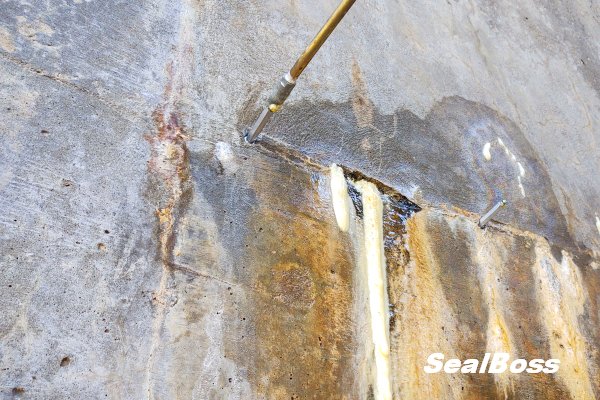
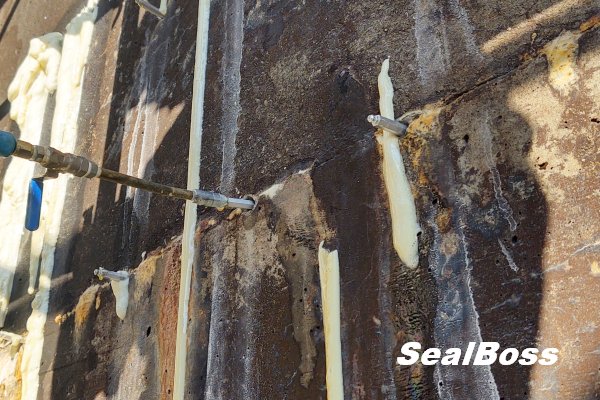
Introduction
We know that efflorescence is a clear indicator of moisture issues within a structure. Its presence can signify past leakage, even when the surface appears dry. Addressing efflorescence build-up and active leaks can be crucial for the longevity of concrete structures.
This short case study highlights a repair project at an International Airport, highlighting the solutions in association with efflorescence and crack injection repair.
Project Overview
The Reservoir spillway structure at the International Airport required significant restoration and rehabilitation. The contractor was tasked with chemical grouting as part of this extensive project. The objective was to clean up all compromised concrete, crack inject all areas of present and past water leakage, patch it, and re-caulk all cold joints.
Identifying the Problem
Visible water infiltration and signs of efflorescence on cracks and joints were the primary concerns. Efflorescence around cracks and joints indicates past leakage, even in the absence of active water seepage at the time of inspection, and needs to be addressed.
The source of water intrusion was identified as rain runoff, which led to the oversaturation of the built-up and back-filled sections adjacent to the spillway walls.
Proposed Solution
The engineer recommended injecting the affected cracks and joints with a moisture-activated hydrophobic foam. This foam was specifically designed to address areas showing signs of efflorescence and visible water infiltration.
Execution
Custom scaffolding was erected to facilitate the repair process. The contractor’s certified crew utilized the SealBoss P2002, a portable high-pressure injection system capable of overcoming the hydrostatic and physical resistance forces within the wall, displacing moisture, and injecting the SealBoss 1510 Water Stop and Leak Seal Foam at the appropriate pressure and volume. Given that the concrete wall was approximately 12 inches thick, the SealBoss 13-100AL Evolution Packers were strategically installed by drilling directly into the cracks.
This approach was chosen based on the concrete’s quality to minimize the risk of spalling due to injection pressures. Each packer was reinjected as deemed necessary to ensure a comprehensive and durable seal. In many instances, the injected material traveled through honeycombed concrete, reaching areas several feet away from the injection point.
Whenever this happened, the injection was paused until the material reached a state of cure to ensured that subsequent injections would follow a new path of lesser resistance within the crack structure’s capillaries.
Results
The injection crew successfully halted the water intrusion well within the specified time frame. This efficiency meant that the reservoir could return to its regular levels much quicker than initially anticipated.
Note
As water may find its way to areas beyond the initial injection repair, there might be a future necessity for spot treatments in previously dry regions.
Conclusion
Efflorescence around cracks and joints, is a clear indicator of leakage, even if dry durning inspection. It often is a telltale sign of deeper structural problems.
The Reservoir project at the International Airport serves as a testament to the importance of timely intervention and the use of advanced techniques like crack injection repair. By understanding and addressing the root causes of efflorescence and water intrusion, structures can be preserved and protected for the long term.





























